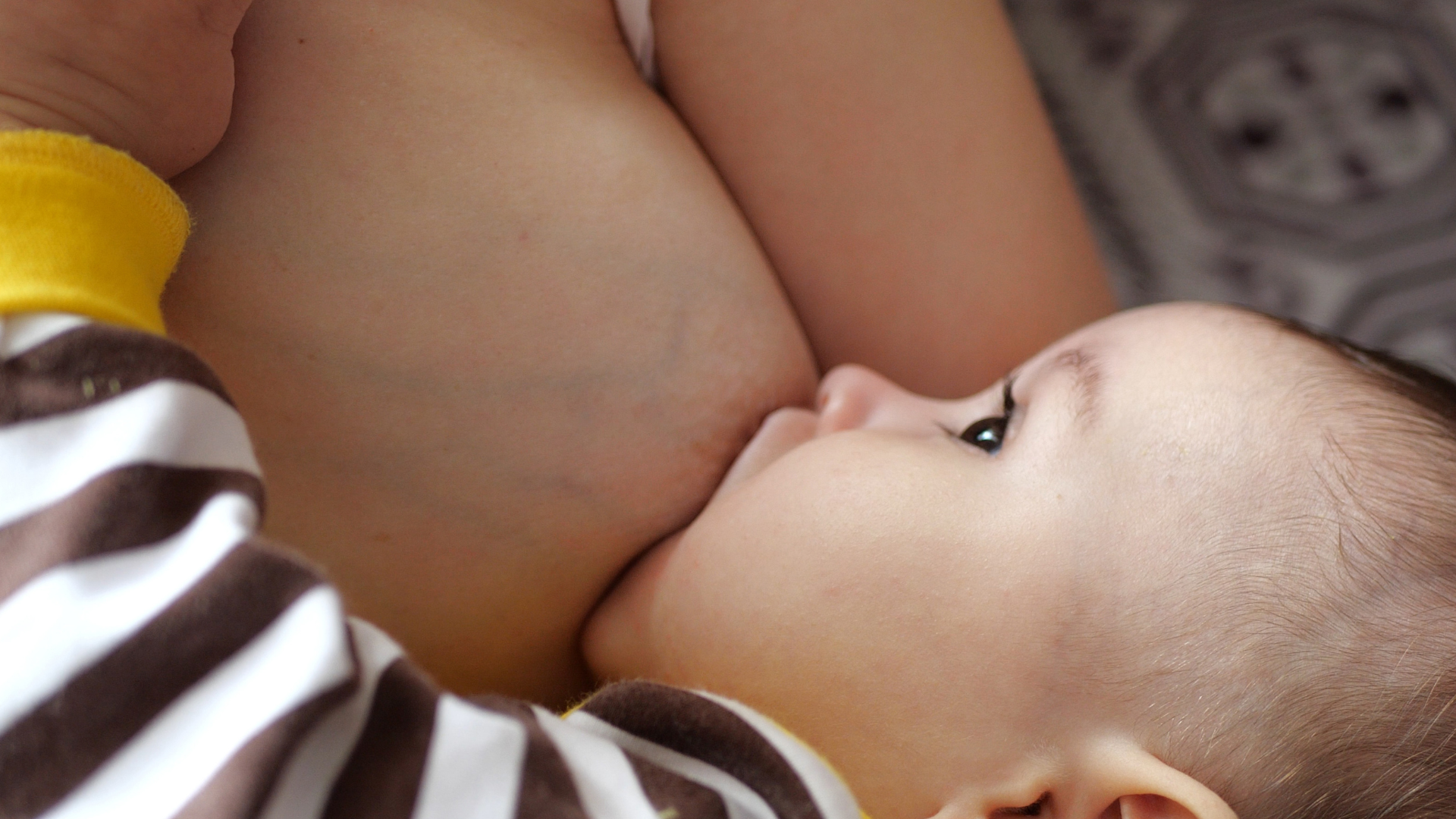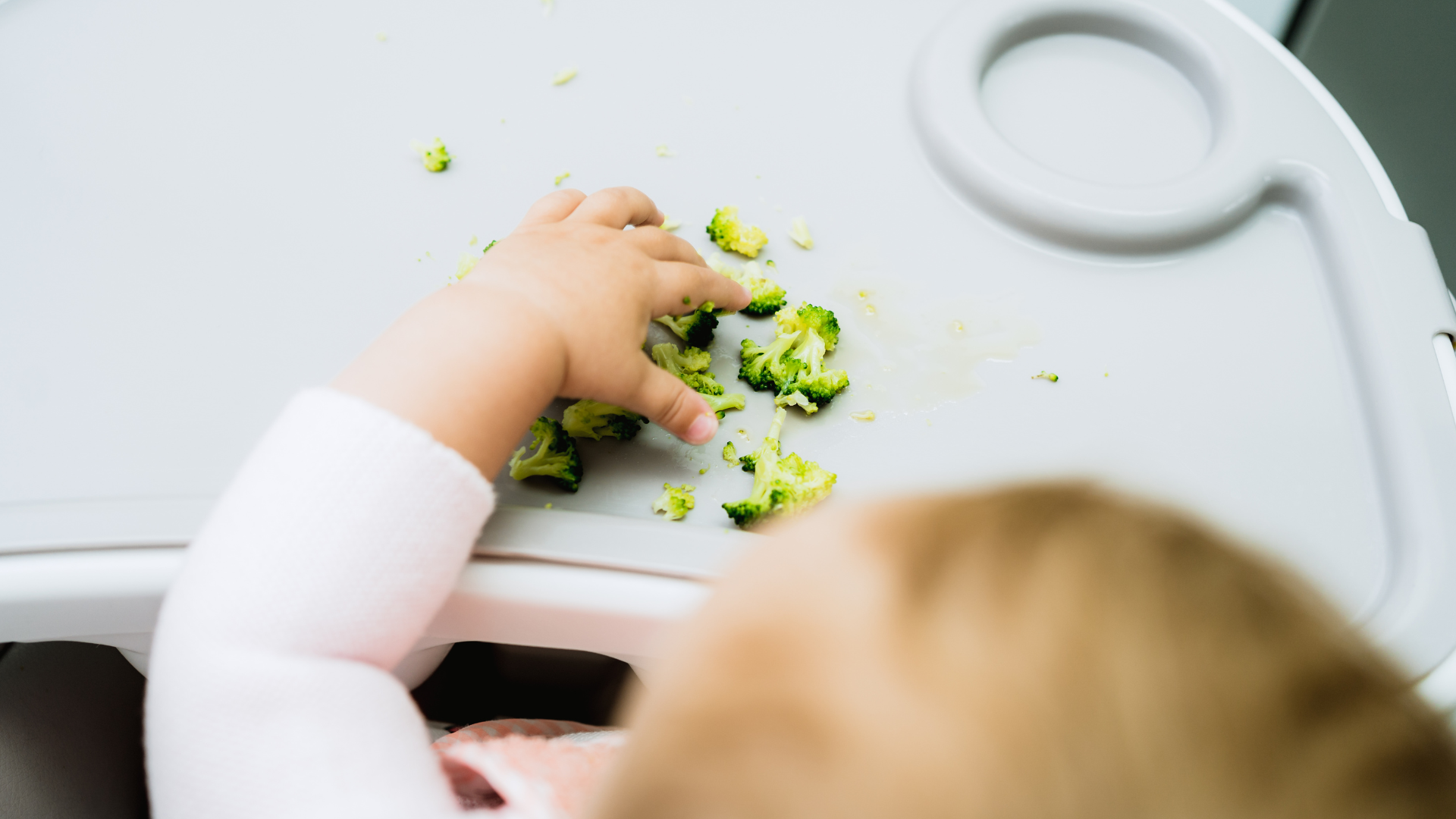Introducing those first foods to your baby is a journey of new tastes, textures, and discovery that lays the foundation for healthy eating habits and lifelong nutrition.

Most babies are ready to try solids around 6 months of age. This gives them time to develop properly, so they can cope with solid food.
Importantly, there are three signs of readiness that tell us when they are ready to be introduced to solids safely:
When your baby can stay sitting upright in a seated position and able to hold their head steady
When your baby has developed hand to mouth co-ordination so they can look at their food, pick it up and put it in their mouth
When their tongue thrust reflex has faded and they are able to swallow food rather than spit it out

Breastmilk will still remain the main source of nutrition for your baby up until they are 1.
There’s no need to cut down on feeds after introducing solids. It’s recommended to offer food 30 minutes to 1 hour after a milk feed, that way you ensure your baby isn’t starving or in an irritable mood.

Baby led weaning means to offer your baby soft, appropriately sized pieces of finger foods they can pick up and feed themselves.
It gives your baby the chance to explore whole foods, such as soft-cooked vegetables using their hands.
This method encourages self-feeding, supports hand-eye co-ordination and lets your baby explore new textures and tastes at their own pace.

Spoon feeding usually starts by feeding your baby with a pureed or mashed food.
You could try starting with a single-ingredient food such as a pureed vegetable or fruit, and then gradually move on to thicker textures and combining foods.
This gives you more control over what and how much your baby eats, and can be helpful if you prefer a more structured approach to introducing solids.
Babies naturally have a preference for sweet tastes. Therefore, it’s preferable to start with savoury foods to give your baby the chance to explore these foods first before introducing fruit.
Some examples of first foods include:
